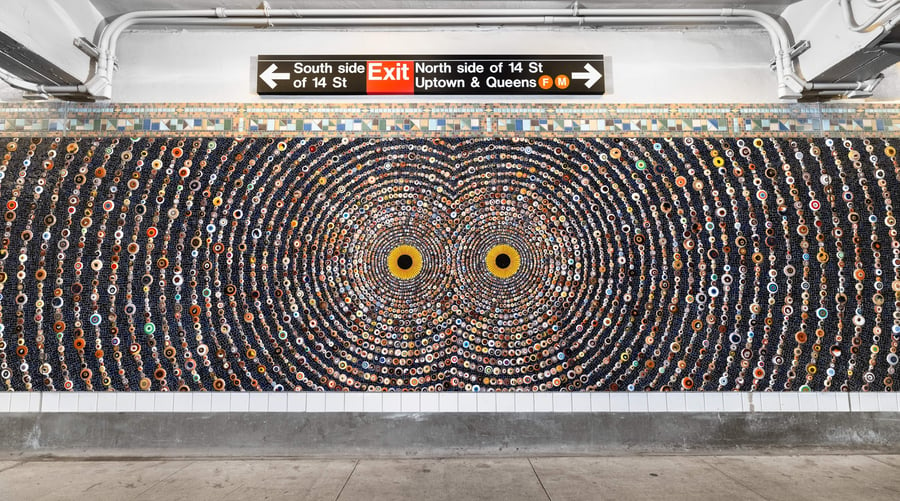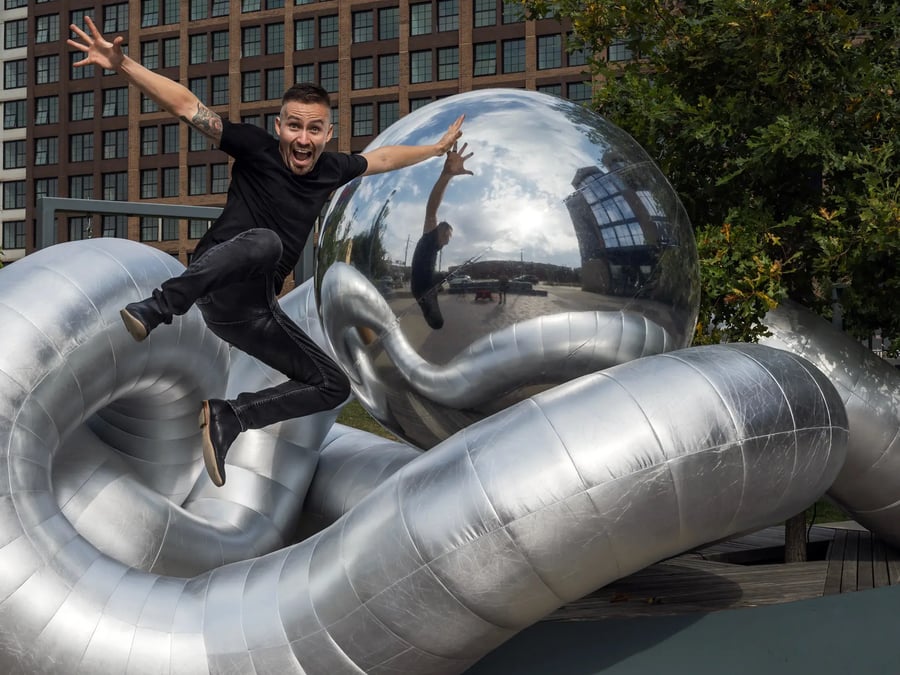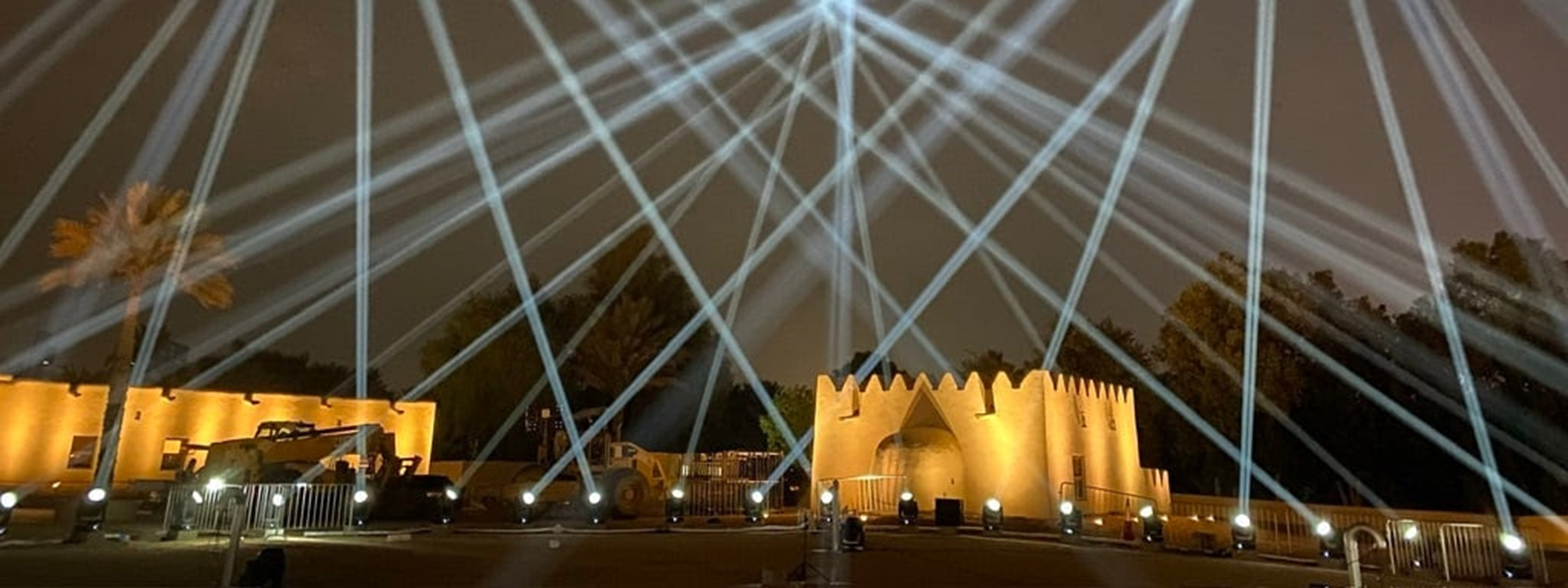Stories That Need to Be Told
Public art has always been more than aesthetics. It can function as a form of collective memory — a way to examine, and reframe our shared histories. At CODAsummit 2025, The Stories That Need to Be Told brought together three creative leaders whose work demonstrates the power of public art to hold space for history — and to confront truth through place, memory, and material.
Moderated by Marjorie Guyon, co-founder of I Was Here, the session featured Meredith Lasher, President of Bombshell Productions, and Doug McCraw, collector and producer of Selma Is Now. Each of these presenters approaches that charge differently: through architecture, restoration, or the alchemy of vision. Yet all share a belief that beauty and truth are not opposites, but partners in remembrance.

Selma Is Now: Seeing the March Anew
Doug McCraw’s presentation centered on Selma Is Now, a project that restores and re-presents the 1965 Selma to Montgomery Civil Rights March through photography, print, and immersive technology. The project began after a meeting with Tracey Martin, the daughter of photographer Spider Martin, the photographer who risked his life to capture the powerful images of the marchers in 1965. Working with artist Karen Graffeo, McCraw began a process of careful digital restoration—returning faded negatives to clarity and scale.
The archival efforts manifested in three forms for diverse audiences: a museum exhibition, a companion book, and a metaverse experience. Shown at the Equal Justice Initiative and the Montgomery Museum of Fine Arts, the enlarged photographs create a powerful encounter with the faces and gestures of the marchers—ordinary people whose determination changed the course of civil rights history. Standing before them, you feel their proximity; they are no longer distant figures from the past but present, human, and insistent.
.jpg?width=1200&length=1200&name=upd-SELMA%20IS%20NOW-codasummit%20presentation-upd9-3-25.pptx%20(6).jpg)
Through his company IMX3, McCraw expanded the project into virtual space, building a metaverse version of the exhibition where audiences can walk among the marchers and hear their stories. “It’s a way to make the history tangible for new generations,” McCraw says. “The struggle for equality didn’t end on that bridge.”
Selma Is Now reframes history not as something to be observed from a distance, but as a living archive—a reminder that the work toward equality and democracy is ongoing.
Freedom Monument Sculpture Park: Building Places of Truth
If McCraw’s project reclaims history through image, Meredith Lasher’s work gives it physical form. As President and Co-Founder of Bombshell Productions, Lasher and her team collaborated with the Equal Justice Initiative to realize the Freedom Monument Sculpture Park in Montgomery, Alabama—one of three Legacy Sites that trace the journey from enslavement to mass incarceration.
The 17-acre park sits along the Alabama River, where hundreds of thousands of enslaved people were trafficked. Within that landscape, Bombshell was tasked with designing and fabricating a historically accurate replica of a slave dwelling. This small, one-room structure now stands among large-scale sculptures by artists from around the world.

Meredith Lasher's Dwelling, Freedom Monument Sculpture Park, Montgomery, Alabama
Lasher described the process as both architectural and spiritual: months of research, visiting surviving dwellings, and studying historical records to understand how enslaved people built and lived within these spaces. “These were not homes,” she said. “They were confinement. And yet within them, people created family, faith, and culture. That endurance is part of the story.”
Every detail carries meaning—from the rough-hewn timber and salvaged materials to the original bricks, handmade before 1865 by enslaved artisans. Many of those bricks bear fingerprints—small traces of children and adults whose hands shaped them nearly two centuries ago. The replica structure honors those lives not with grandeur, but with restraint. Visitors step inside and encounter the quiet—the air, the gaps in the walls, the uneven light. It’s a place where silence becomes language.
Lasher’s approach reflects the conviction that design and fabrication can serve memory. The structure stands not as a reconstruction of pain, but as a site of resilience—a physical reminder of how truth and beauty can coexist.
The Alchemy of Vision
Moderator Marjorie Guyon framed the session with a poetic call to artists as truth-tellers. Describing herself and her collaborators as “makers who light the night sky,” she reminded the audience of art’s muscular power to hold back the ticking clock of cultural amnesia. “Bryan Stevenson says we cannot recover from what we do not remember,” she said. “There is brokenness woven into the fabric of this country — and art is one of the ways we mend it.”
Do you have news, stories, or projects to share? We’d love to hear from you—reach out to editor@codaworks.com
More from CODAzine
Subscribe to CODAzine
Relevant posts
Get Data and Insights from CODAreview
Related Posts

4 Projects Elevating the Travel Experience

5 Projects Making a Monumental Impact with a Modest Budget

.png)
.jpeg)

